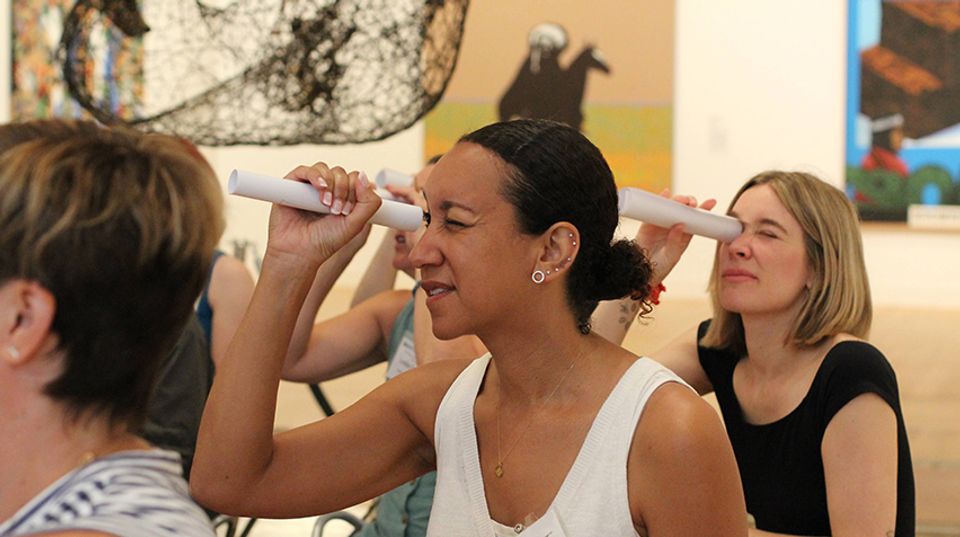
Taking a stab at what defines American art, Adam Gopnik, art critic at The New Yorker, spoke to a standing-room only crowd at the museum’s McEvoy Auditorium, as the second (of three) speakers in this year’s Clarice Smith Distinguished Lecture series in American Art. “Like most of you in this audience , I suspect, I am a museum goer, a gallery goer. I get no thrill as large as I do from simply setting foot in a museum and beginning to look,” Gopnik told us at the outset. Neither a historian nor curator (though he did co-curate the Museum of Modern Art’s influential High-Low: Modern Art and Popular Culture exhibition in 1990 with Kirk Varnedoe) Gopnik shared with us what he’s learned in his many years of looking at American art.
Gopnik started by riffing on commonalities and differences in some of his favorite examples of American art, including examples by Homer, Bingham, Eakins, St. Gaudens, and Audubon, among others. At times, American art carries a lot on its shoulders and teems with subject matter, as in many of the confectionary works by Wayne Thiebaud. At other times, the desire to create is not about the many, but the one. For Gopnik, that push-pull between extremes is one of the sign posts that have defined American art over the centuries.
You can see it for yourself as you travel the many galleries of the American Art museum. Contrast a poetic, monochromatic Louise Nevelson sculpture in the Lincoln Gallery with an operatic Albert Bierstadt one floor below. For me, those contradictions brought to mind Walt Whitman (who walked through the halls of the Patent Office Building during the Civil War), the singular poet of Song of Myself was also the poet "who contains multitudes."
Watch Adam Gopnik’s talk.
On November 7, artist Kerry James Marshall will conclude this year’s Clarice Smith Distinguished Lecture series with his talk Seen and Not Heard.

















